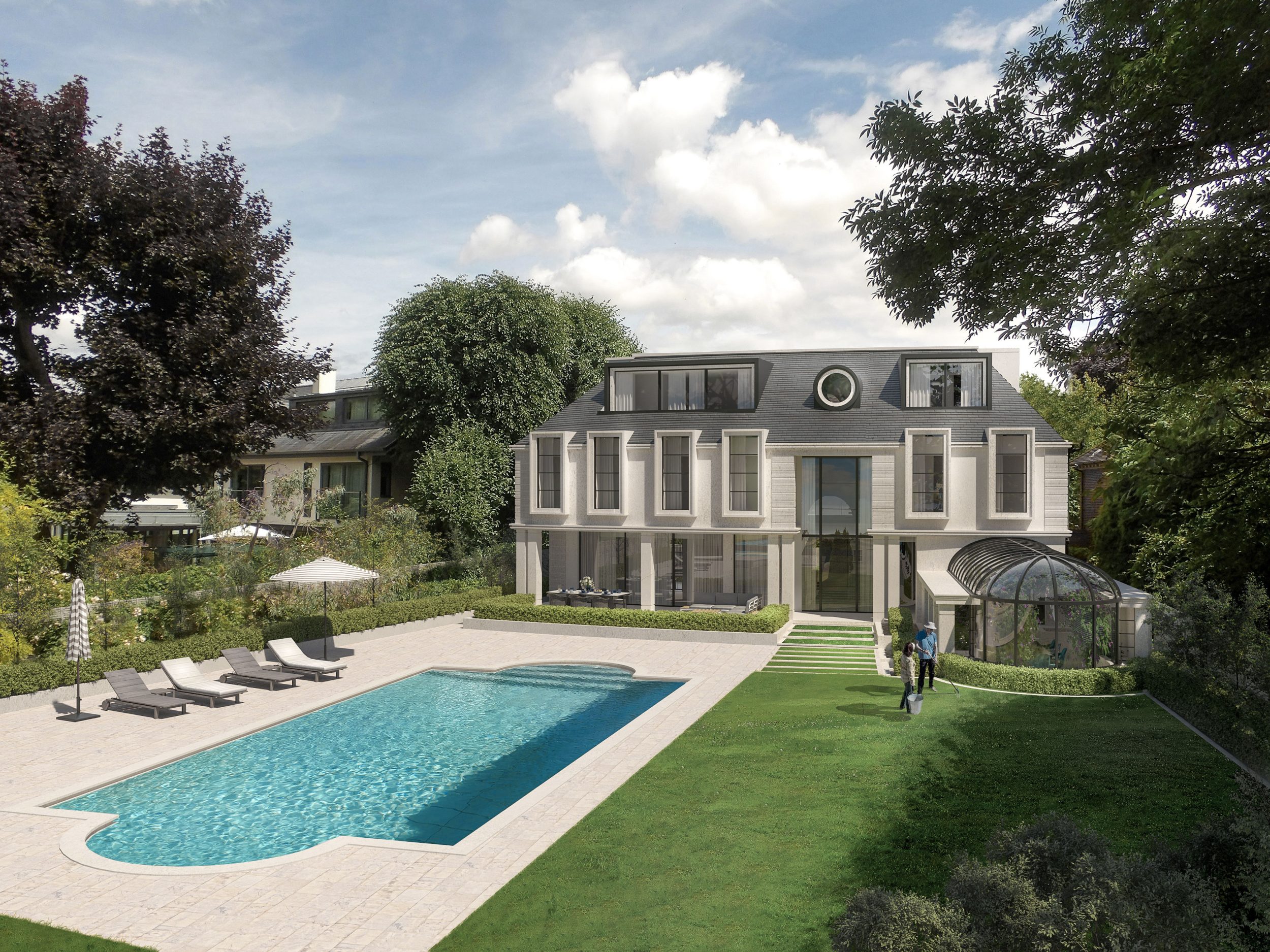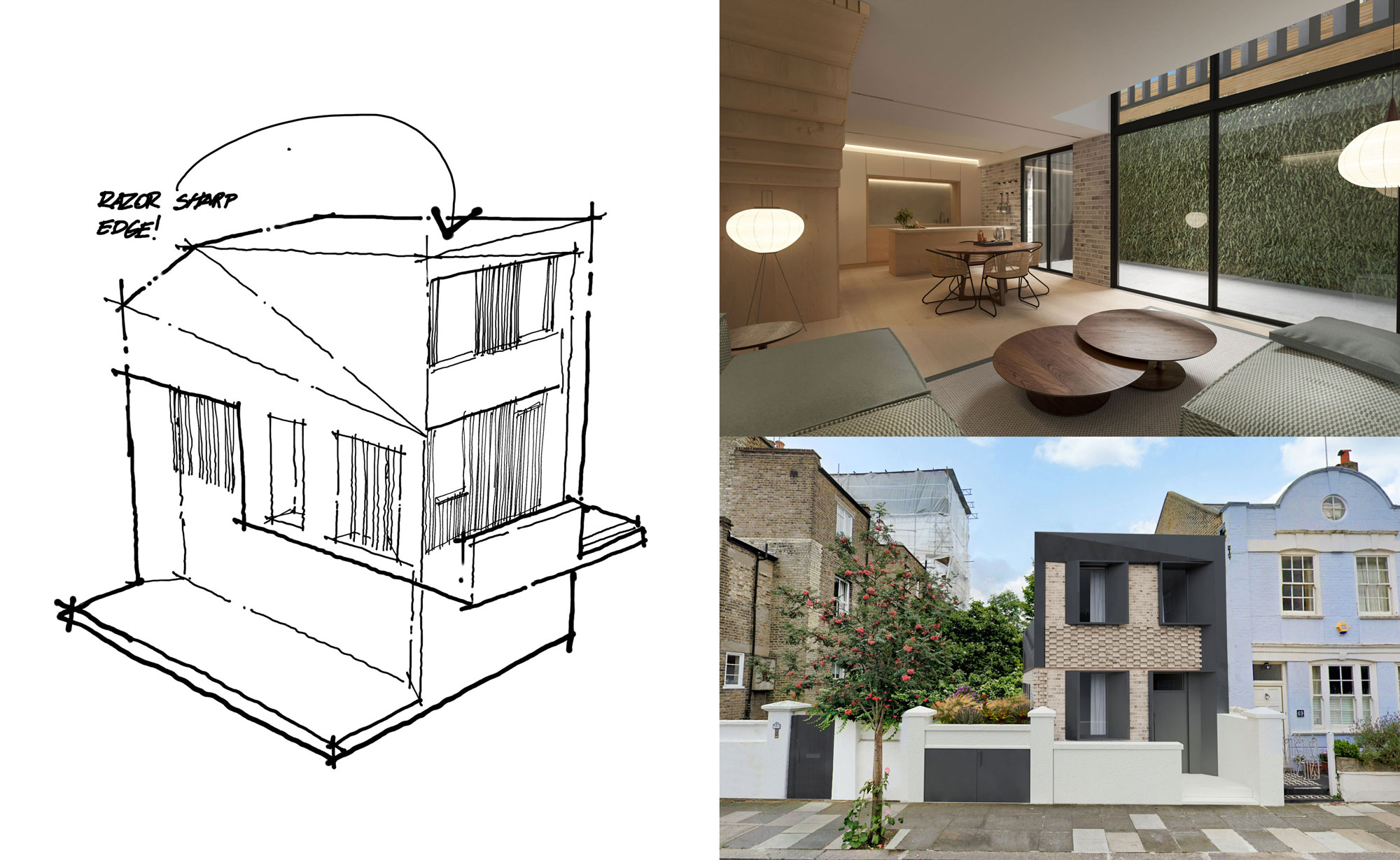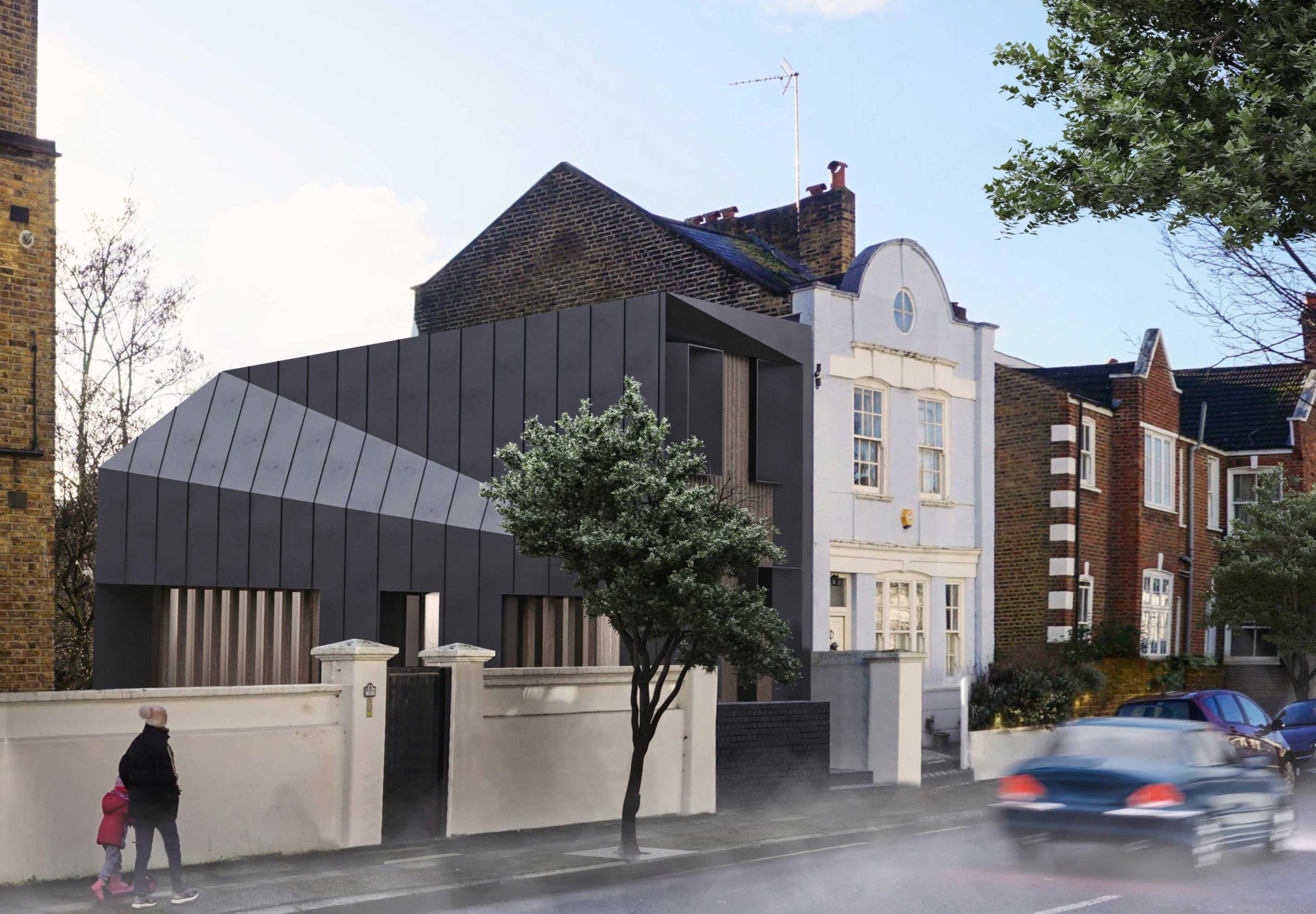The Fabric First Approach: Building Sustainability from the Ground Up
Written by Pablo Lambrechts, 26th April 2024
In the realm of architecture, sustainability isn’t just a buzzword—it’s a guiding principle that shapes our built environment. At L+Architects, we’ve embraced a methodology known as the fabric-first approach, a cornerstone technique in our quest to craft buildings that are not only visually striking but also environmentally conscious. We adopt fabric first in the retrofit of existing buildings or the creation of new buildings from scratch.

What is the Fabric First Approach?
The fabric-first approach epitomises our commitment to optimising building performance through the strategic use of high-performance materials and components. By prioritising the quality of the building’s fabric—the walls, roof, and everything in between—we lay a solid foundation for efficiency and sustainability. This approach isn’t just about meeting regulatory standards but redefining how we conceive and construct buildings to minimise their environmental impact.

Seven Principles of the Fabric First Approach
Our implementation of the fabric-first approach revolves around seven fundamental principles:
- Optimising Solar Gain: Harnessing the power of sunlight to naturally heat and illuminate spaces.
- Ultra-High-Performance Insulation: Ensuring maximum thermal efficiency minimises heat loss and reduces energy consumption.
- Achieving Air Tightness: Sealing the building envelope to prevent unwanted air leakage, enhancing energy efficiency and comfort.
- Utilizing Thermal Mass: Leveraging the inherent properties of materials to regulate temperature fluctuations and improve energy performance.
- Reusing Energy: Implementing innovative technologies to capture and repurpose energy within the building system.
- Rain Harvesting: Integrating systems to collect and utilise rainwater for various purposes, promoting water conservation.
- Green Walls and Roofs: Incorporating living elements into the building envelope enhances biodiversity, improves air quality, and mitigates urban heat island effects.
These principles serve as guiding lights, informing every aspect of our design and construction processes.

Why Fabric First?
The fabric-first approach isn’t just a preference—it’s a strategic imperative. By prioritising the quality and performance of the building envelope, we can achieve superior results in terms of energy efficiency, comfort, and durability. Unlike traditional approaches that rely heavily on energy-saving technologies or renewable energy generation, the fabric-first approach emphasises proactive measures to minimise energy demand from the outset.
The RIBA 2030 Climate Challenge outlines sustainability goals for architects to follow towards achieving net zero operational carbon. Maximising the efficiency of a building’s fabric reduces energy use, regardless of the fuel used, and provides long-lasting energy use reductions. We use IES VE 2023, a dynamic modelling software, to simulate energy requirements for heating, hot water, ventilation, and lighting during normal operational use. Overheating is a common issue in all homes due to increased insulation levels, high levels of air tightness, and lack of adequate ventilation. We comply with Building Regulations Part O for all new residential and non-residential institutional buildings through a simple assessment or dynamic modelling. We provide an approximation of internal temperatures for each specification option modelled.
The Passivhaus Standard: A Gold Standard for Energy Efficiency
At the heart of the fabric-first approach lies the Passivhaus standard, a beacon of energy efficiency and building performance. Developed over three decades ago in Germany by Dr. Wolfgang Feist, Passivhaus embodies the fabric-first ethos, aiming to reduce energy demand to an absolute minimum while maximising comfort and sustainability.

Designing for Efficiency: The Thermal Envelope
Optimising the thermal envelope—the barrier between the interior and exterior environments is central to the fabric-first approach. By enhancing the efficiency of this envelope, we can minimise heat loss through the building fabric, thereby reducing the energy required for heating and cooling.
Achieving energy efficiency isn’t a one-size-fits-all endeavour. Every design must adhere to five fundamental principles:
- Insulation: Maximising thermal resistance to minimise heat transfer through the building envelope.
- High-Performing Windows: Installing triple-glazed windows enhances thermal comfort and reduces heat loss.
- Mechanical Ventilation with Heat Recovery (MVHR): Implementing ventilation systems that recover heat from outgoing air, improving indoor air quality while minimising energy loss.
- Airtightness: Sealing gaps and joints in the building envelope to prevent air leakage, enhancing energy efficiency and comfort.
- Thermal Bridge-Free Design: To maintain consistent indoor temperatures and reduce energy consumption, thermal bridges—areas of increased heat transfer—must be eliminated.

Towards a Sustainable Future
We pave the way for a more sustainable future by embracing the fabric-first approach and the Passivhaus standard. By prioritising building performance, minimising carbon emissions, and optimising resource utilisation, we create better buildings and foster a healthier planet for future generations.
At L+Architects, sustainability isn’t just a goal—it’s our guiding principle. Join us as we push the boundaries of design and construction, one building at a time.
Contact us today for a complimentary initial design consultation: office@lplusarchitects.com